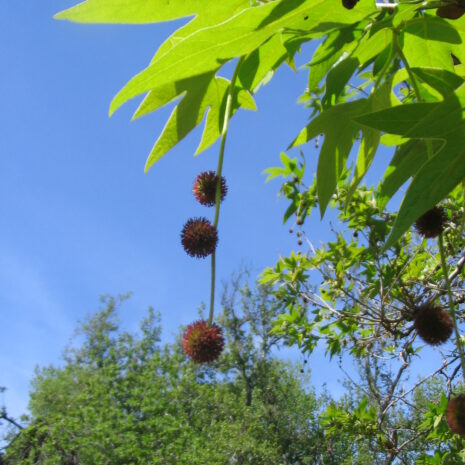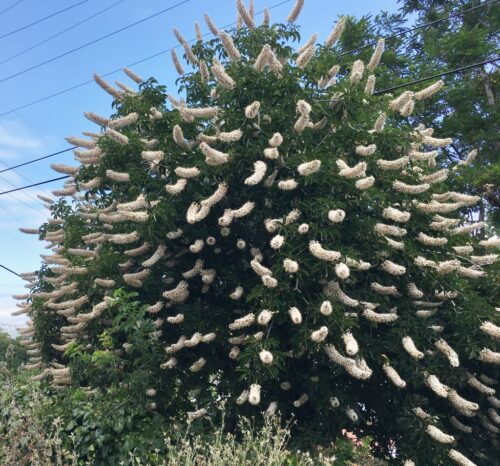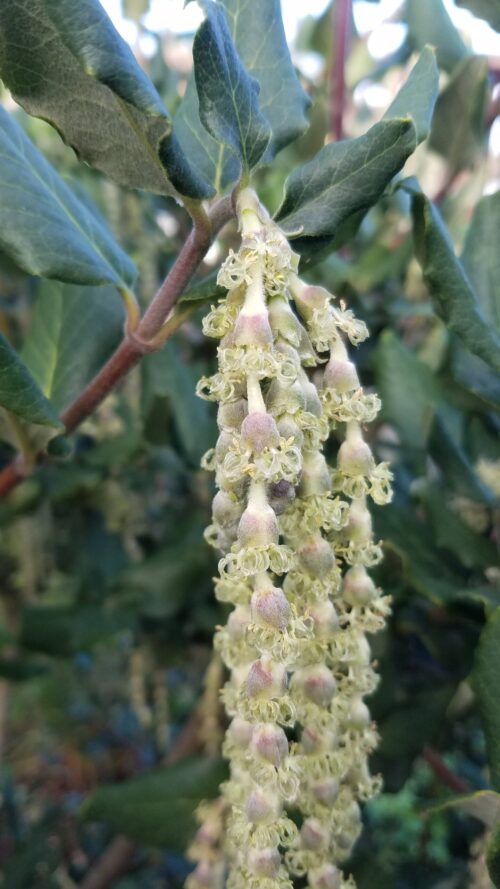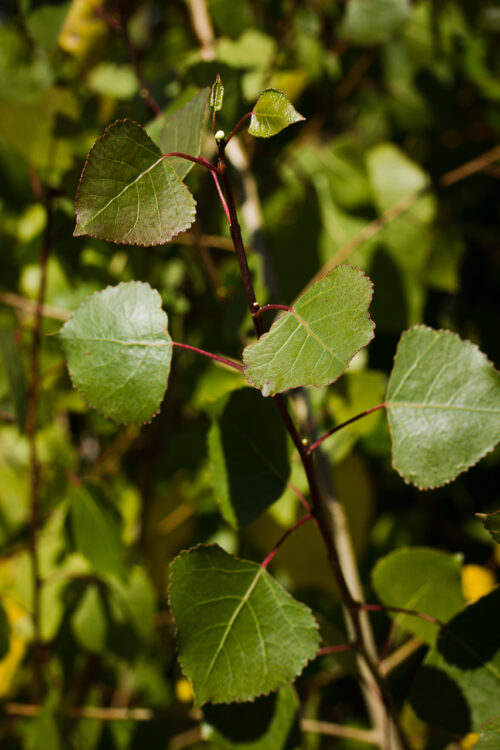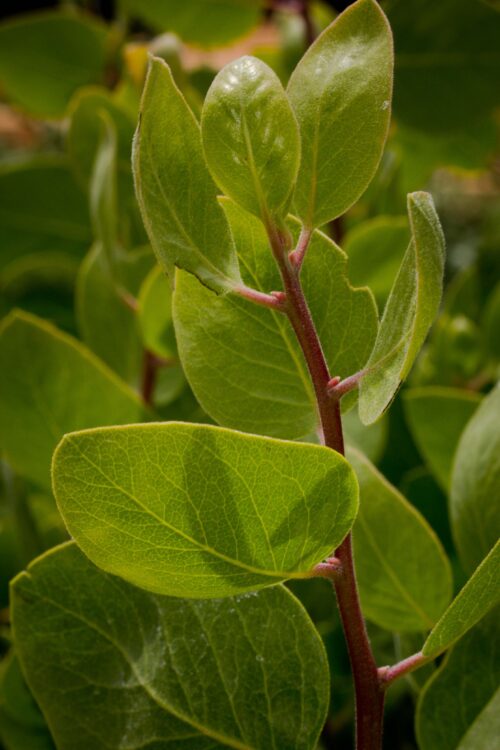Platanus racemosa
$2.73 – $15.70
We do not take online orders for plants. Please come in to the nursery, call or email: (510) 234-2222 or sales@thewatershednursery.com
Share this page
Western sycamore
A deciduous tree that grows about 40’ tall by 30’ wide. Space 30’0″ apart.
The bark is one of the most amazing feature of this tree . The bark can look like a jigsaw puzzle with its interesting patchwork of colors.
If there is plenty of room for this tree in a home garden it can create a lovely winter silhouette.
Good along streams for erosion control.
This is a very important wildlife plant. Hummingbirds and butterflies use extensively. It is a food plant for the Western Tiger Swallowtail.
Lifeform: Tree
Sun: Full Sun, Part Shade
Other: Attracts Birds, Attracts Butterflies, Deer Resistant, Drought Tolerant, Erosion Control
| Container | 1-Gal-O, 4-Gal, D-16-O, D-16O, D-40-O, TB4-O, TP4-O, 5-Gal, 5-GalS, D-16, D-16S-o, D-40, D-40S, D-40S-o, TB4, TB4S, TP4, TP4S, TP4S-o |
|---|---|
| Ecological Value | This is a very important wildlife plant. Hummingbirds and butterflies use extensively. It is a food plant for the Western Tiger Swallowtail. |
| Historical Uses | Native Americans used Western sycamore inner bark for food and medicinal tonic, leaves were used to wrap bread during baking, and limbs and branches were used in house construction. |
| Distribution | native to California and is also found outside of California, but is confined to western North America. |
| Elevation | Between 0 and 6,561 feet |
| Communities | |
| Habitat | Riparian areas, canyons, floodplains, at springs and seeps, and along streams and rivers. |

